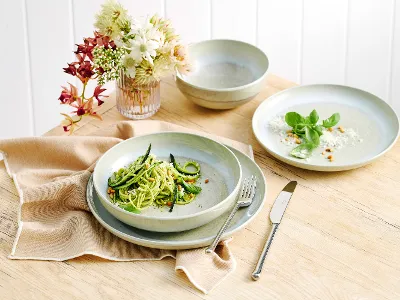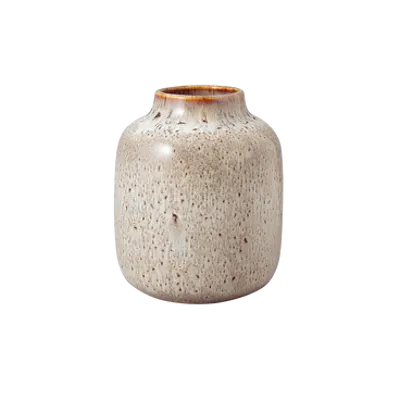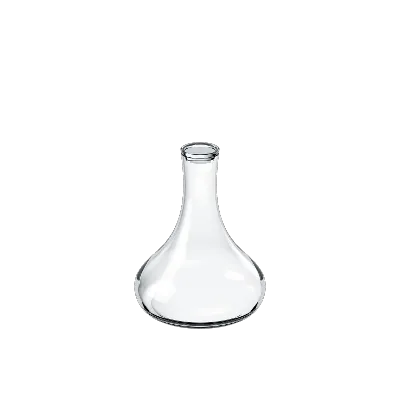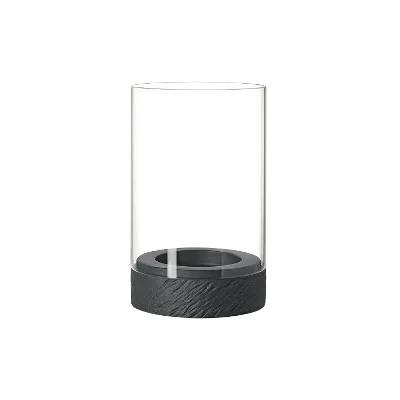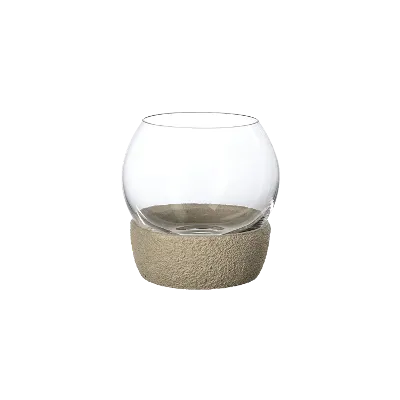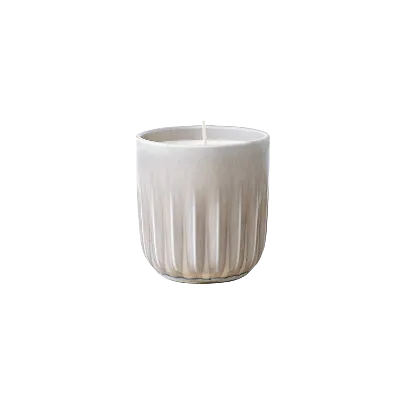Order cut off dates for Christmas Deliveries:
15 Dec for WA, SA & NT | 18 Dec for all other states
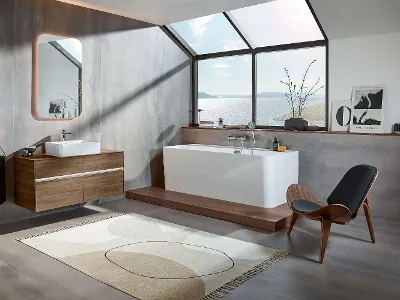
Proper Bathroom Ventilation
The bathroom is naturally more humid than other rooms in the home, because showering and bathing creates water vapour. To maintain a healthy indoor climate and prevent mould build-up, you need to ventilate your bathroom properly.
Content
At a glance
Air several times a day, at different times
Use green plants to create a healthy indoor climate
Control humidity to prevent mould growth
In windowless bathrooms, use dehumidifiers and ventilation systems
Why bathrooms should be aired regularly
Regular showering and bathing creates a lot of water vapour in the bathroom, resulting in high humidity levels. This moisture is deposited on the floor, walls and windows. If the humidity remains high and condensation accumulates, this creates an ideal breeding ground for mould spores. Mould in the bathroom isn’t only unsightly – it is also harmful to your health. You should therefore take preventative measures in good time to prevent mould growth. If you ventilate the bathroom properly several times a day and reduce humidity, mould has little chance of spreading. We recommend that you air your bathroom immediately after bathing or showering so that the moisture is removed immediately.
Tip
Are you wondering how you can ensure proper ventilation to counteract mould in a windowless bathroom? If you have an internal bathroom, you can set up a room dehumidifier or install a ventilator. Or, if the bathroom is favourable located in your home, you can open the bathroom door and open the windows in the adjoining rooms to create a flow of air.
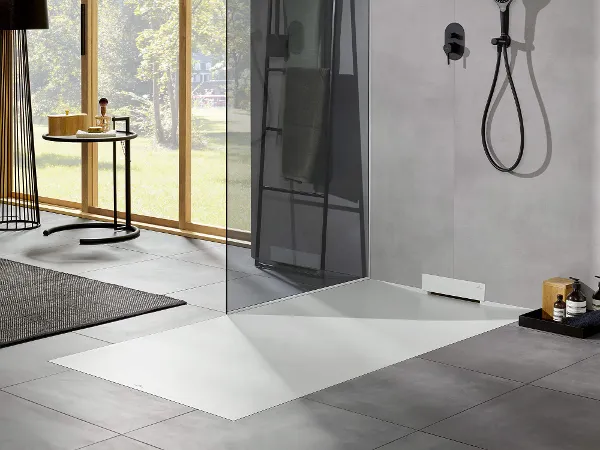
Avoid mould growth
To prevent mould in the bathroom, you should ensure that the room is ventilated regularly and properly. Always keep an eye on the humidity level – it should be between 50 and a maximum of 70 per cent. The ideal option is to invest in a hygrometer for to monitor humidity levels. This will help you keep track of things.
You should also avoid making certain mistakes when airing, which can further increase the humidity in the room. Refrain from opening the door first and then the windows. This spreads the existing high humidity throughout the room, encouraging the growth of mould. The risk of mould growth also increases if you forget or delay in airing the bathroom after your shower. In this case, the resulting condensation has time to settle on all the fixtures, tiles and walls and will dry out very slowly. You can then only prevent the formation of mould by wiping the bathroom dry promptly and then airing it thoroughly.
Health benefits
Proper and adequate ventilation in bathrooms and living areas has numerous health benefits. A healthy indoor climate prevents mould and thus plays a key role in preventative healthcare. Regular ventilation is also effective against pathogens that may spread inside the home. Ventilation significantly reduces the concentration of pathogens in the air, minimising the risk of infection in the event of illness.
Some people may feel tired, fatigued, and experience headaches as a result of a poor indoor climate. Allergy sufferers and asthmatics need to be especially careful, as they may experience breathing difficulties if there is a lack of ventilation. Adequate ventilation therefore plays a key role in keeping the upper airways healthy, especially in winter when the air is dry due to heating in the home.
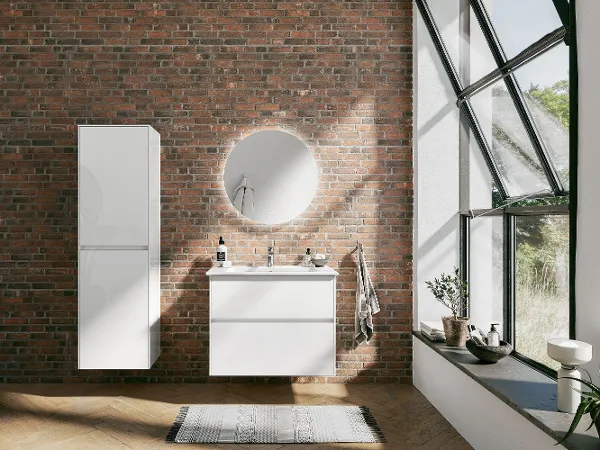
Preserving the building structure
Airing the bathroom properly will help maintain the integrity of the building structure. This is because, in addition to potential pathogens, pollutants also accumulate indoors. Adhesives and paints, along with textiles, cleaning agents and other solvents, all contribute to the buildup of chemical compounds inside the home. Fine dust and exhaust fumes are two other examples of air pollutants that cannot be seen by humans, but which can have a negative effect on the indoor climate and on building structure in high concentrations. Proper ventilation prevents mould growth, minimises toxins in the indoor air and thus contributes to the preservation of the building structure.
If you’re renting, you’re even legally obliged to help prevent mould and maintain the structural integrity of the building by taking the appropriate measures to ventilate the rooms.
Proper ventilation in the bathroom: a step-by-step guide
It is estimated that over ten litres of water vapour condenses every day in a multi-resident household. This makes it all the more important to ventilate your bathroom properly at all times of the year, from winter through to summer. Our step-by-step guide below shows you how to ventilate wet rooms properly.
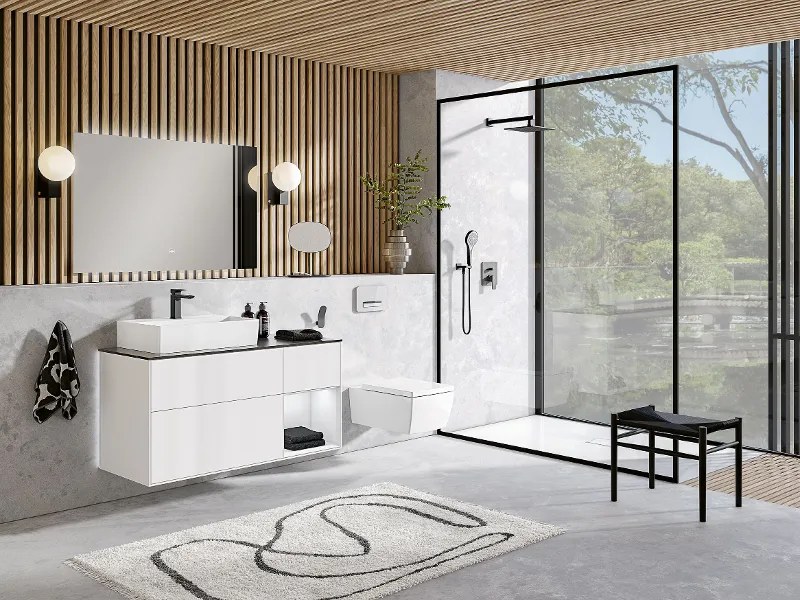
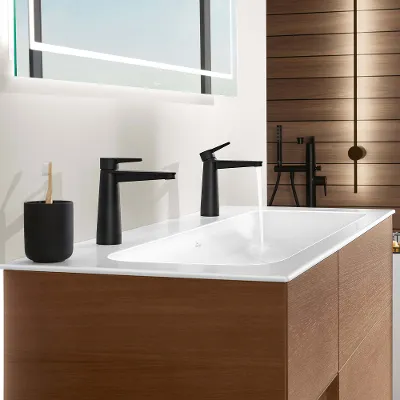

Shock ventilation: What is it and how is it done?
A tried-and-tested method for airing the room after a shower is what we call shock ventilation. This is an effective and energy-saving way of refreshing the air in a very short time.
Proceed as follows: Open the bathroom window completely for 10 to 15 minutes, depending on the size of the room, but keep the bathroom door closed. Shock ventilation will allow a large amount of the humidity to escape to the outside. You can then open your bathroom door and other windows in the home and provide additional cross-ventilation to boost the air flow. Close all the windows after about five to ten minutes.
Tip
To achieve optimum air circulation, you should not leave your windows in the tilted position. Tilting the windows lets the room cool down quickly but, in the worst-case scenario, they can accumulate water, which increases the risk of mould. It is better to open the window fully when ventilating the room – we call this shock ventilation – so that the air is exchanged quickly.
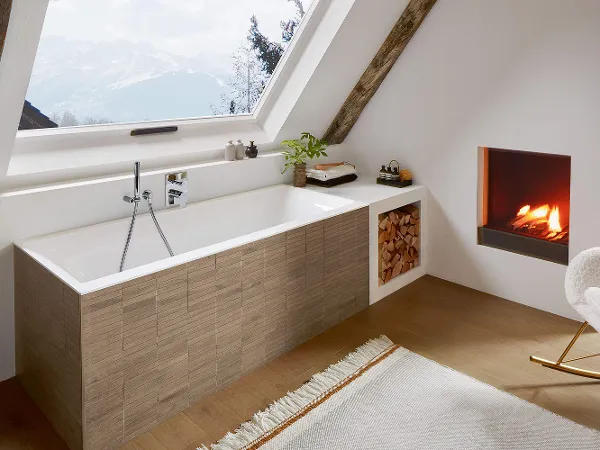
The best times of day to air
The best times of day for airing your home largely depend on seasonal conditions. In spring and autumn, you can generally air at any time of day. In summer, when temperatures are warm, you should preferably shock-ventilate early in the morning and late in the evening. As a rule of thumb, the outside temperature should be lower than the room temperature to air properly. Make sure you air the bathroom at least two to three times a day, ideally at different times of the day.
Do you suffer from allergies? Then you should pay attention to the pollen count and air as follows: in the morning if you live in the city and in the evening if you live in the countryside. The pollen count is lowest at these times of day. If you need to air outside these times, you can ensure your protection all day long by installing a pollen filter.
Proper ventilation in summer and winter
In summer and winter, there is a big difference between the outside temperature and room temperature, which is why you should air your home differently in each of these seasons:
To air well in winter, open the bathroom for a maximum of ten minutes at a time, to shock-ventilate the room. During this time, turn the heating down to save energy. We also recommend cross-ventilating in winter with the windows wide open to swiftly replace the moist indoor air with the dry air from outside.
In summer, you can air more frequently and for longer because of the higher temperatures. Ideally, you should open your bathroom windows early in the morning before sunrise and at night after sunset for up to 20 minutes. In summer, you can air the bathroom more effectively after your shower by keeping the bathroom door closed to allow most of the water vapour to escape via the window. Do not open the other windows and doors to cross-ventilate until the condensation has disappeared from the mirror and window.
Additional resources for a fresh bathroom
You can use other resources to help create a healthy indoor climate in your wet rooms. Place healthy plants in your bathroom as they filter pollutants from the air. In windowless bathrooms, use ventilation systems and dehumidifiers.
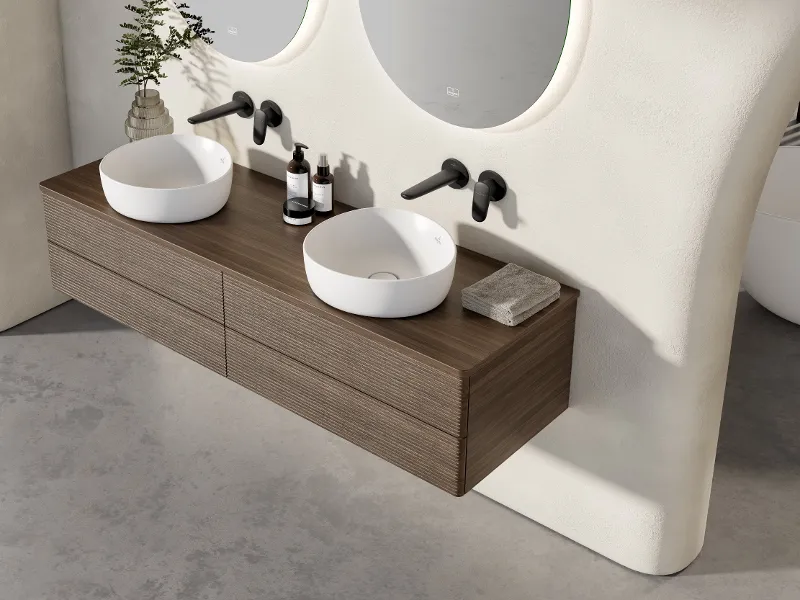
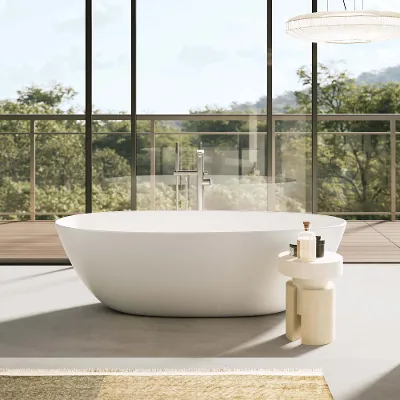

Plants that regulate humidity
Plants play a significant role in the bathroom, beyond their decorative function. Green plants are a real plus for a healthy indoor atmosphere as they act like a sponge, soaking up excess moisture. Plants also boost the comfort factor of wet rooms and help to make them a sanctuary of well-being.
Your green plants will look especially appealing in an attractive vase or pot in the bathroom, chosen to complement the existing decor. Delicate glass vases from the New Wave collection, for example, or expressive standout pieces such as those from the MetroChic collection, can create exclusive accents and add a touch of elegance to your plants.
However, not all green plants are suitable for the bathroom. You should select plants that thrive in high humidity and potential low-light conditions.
Plant species such as ivy, the ZZ plant, aloe vera, sansevieria or mountain palm are ideal choices. Take note: many bathroom plants don’t like draughts at all. Therefore, you should avoid placing plants near sources of draughts. It is best to take the plants out of the room briefly when you air the room
Tip:Using ventilation systems and fans
In a windowless bathroom, an electric ventilation system is a neat solution for refreshing the air. When choosing an electric ventilation system, make sure you know whether you need a decentralised device (for bathrooms with an external wall) or a central device for fully internal bathrooms. An effective device with a heat recovery system is also useful as it will help you avoid additional heating costs in winter. If you’re renovating your bathroom and installing the ventilation system yourself, you should install a separate switch so that the light switch does not also turn on the ventilation system. This will also save on your energy costs.
If you cannot or don’t want to install a ventilation system, you can use fans as an alternative. If you direct these fans towards your open window, they will expel the moist air outside and improve air circulation.Using a dehumidifier
With a dehumidifier, you won’t expose your bathroom to a draught, but you can still keep moisture levels down. You will permanently improve the indoor climate and benefit from an additional way of airing your house properly. Space-saving, electric room dehumidifiers are very effective, and often have a built-in hygrometer to measure humidity levels.
You can also use chemical dehumidifiers, although these aren’t quite as effective and may pose a problem for households with children or pets. In these cases, it is better to opt for a natural method such as placing small bowls of salt around the room. The salt removes moisture from the air and isn’t harmful to your health.
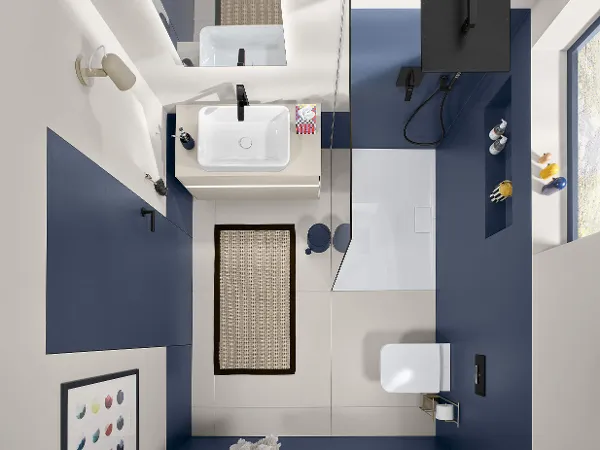
Everything you need for good air quality in your bathroom
Regular shock ventilation is the key to good indoor air quality in the bathroom. Make sure to choose the best time of day to air, depending on the season. You can also enhance your indoor climate using green plants and a dehumidifier, to prevent harmful mould.
If you’re planning a new bathroom, it is best to choose a room with a window for easier ventilation. If you dry your high-quality bathroom fixtures and tiles thoroughly after your bath or shower, you’ll enjoy optimal comfort in your bathroom for many years to come.
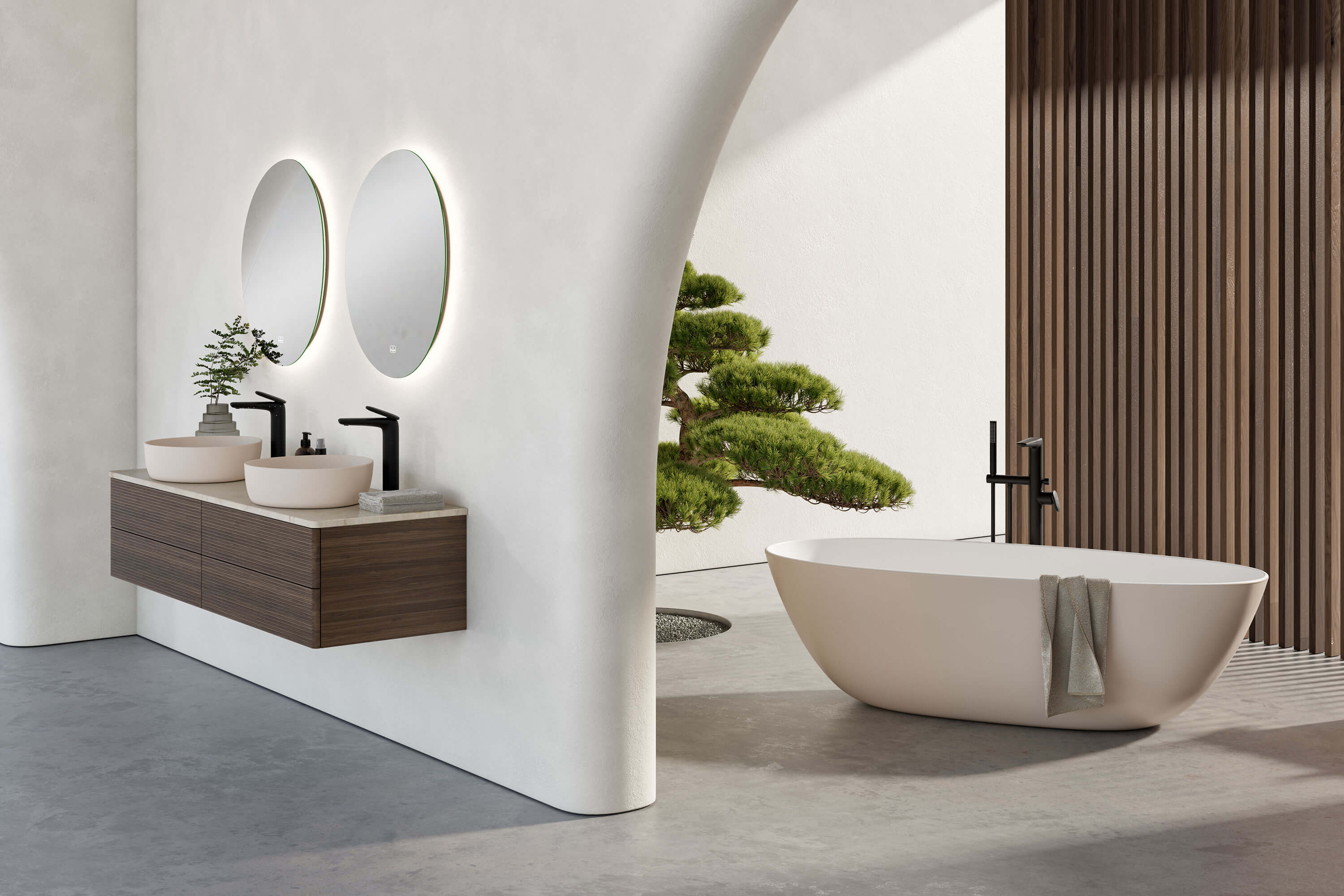
All about your personal spa bathroom
Discover modern bathroom ideas – including cleaning tips and exclusive benefits delivered straight to your inbox.
As a welcome gift, you will also receive a 10% discount on your first order of Dining & Lifestyle products.[0]
